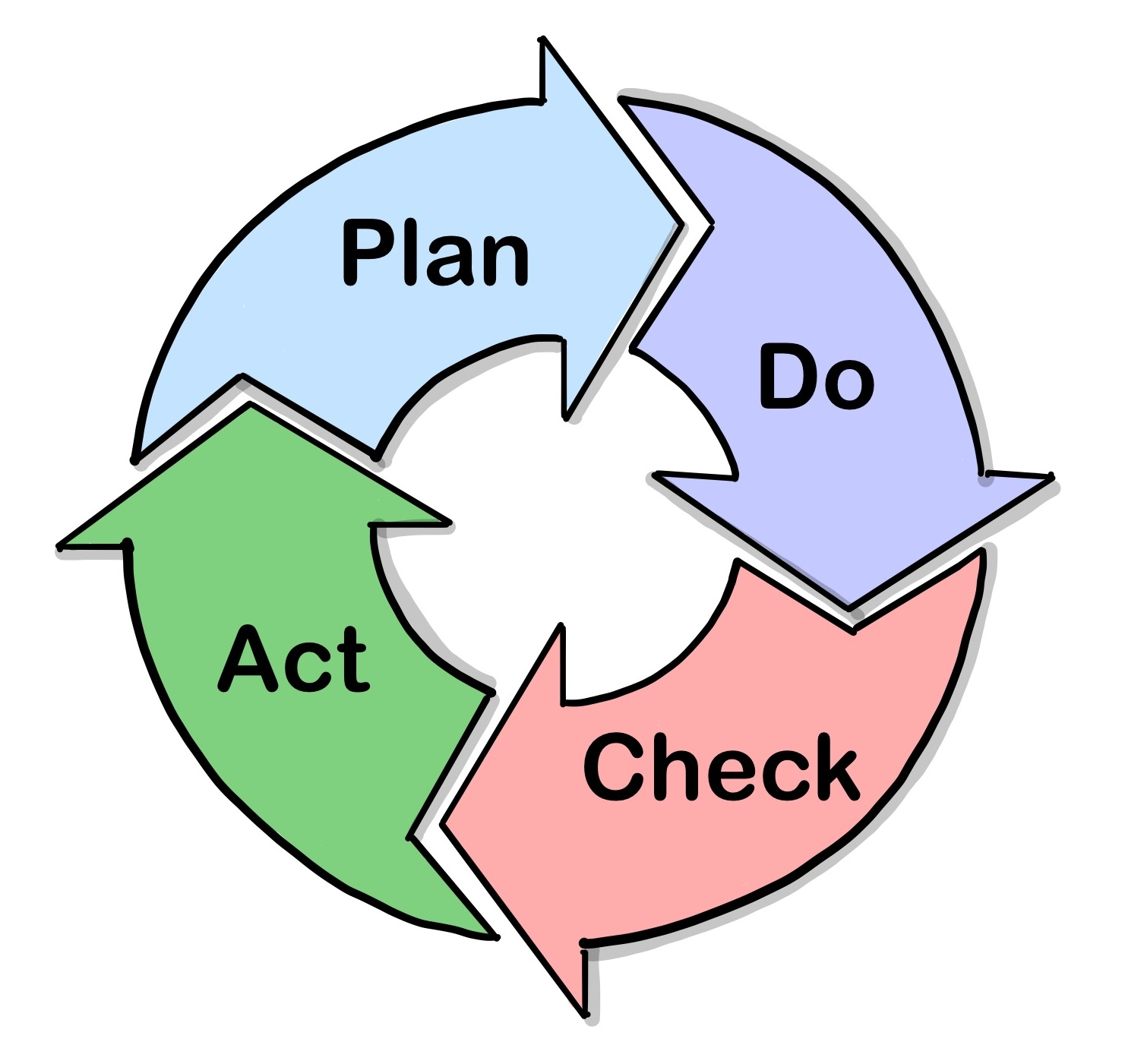We’re all mad here.
The Chesire Cat, Alice in Wonderland
by Lewis Carroll

Illustration by John Tenniel
The first step to embracing diversity is acknowledging our differences and getting to know each other’s personalities and backgrounds. One of the ways to make it happen is by asking questions, and doing this in a playful form makes the process more natural and more fun and, at the same time, leads to a profound understanding of others.
Mad Question Party is a team-building activity, letting team members find out what they want to know about others and open up themselves. It might seem complicated and messy in the beginning, but very soon, in the process, it turns out to be not difficult at all but natural and very captivating. While it might start with simple questions, very soon, team members go deeper and start asking more philosophical and existential questions. Not only answers given but also questions asked let us understand the person better. An interesting thing here is that everybody needs to answer all the questions, including their own.
Time: up to 90 minutes (depending on the number of participants)
Both in-person and online settings

Facilitation
- People sit down in the circle. Let’s say we have N people.
- The 1st person asked a question.
- The 2nd person answers the 1st person’s question and then asks a new question (nr. 2)
- The 3rd person first answers question nr. 2, then question nr. 3 and then asks their own question (nr. 3). Continue until Nth person.
- The Nth person first answers question nr. N-1, then N-2, and so on until question nr. 1 and then asks their question nr. N
- Now we go to the Round 2. No more new questions, only answers to already asked but not answered by this person’s questions. The person nr. 1 answers all the questions, from Nth to the 1st (which was their own question).
- Person nr. 2 answers from Nth to the 2nd question (their own). And so on.
- Person nr. N answers only to one question, nr. N, their own.
Facilitation Tips
- It might seem difficult to remember all the questions, but it is quite natural in practice. While answering, when you look at the person whose question you need to answer, their question usually comes to your mind. If not, this person or others will remind you of it (please note – it is not a memorizing game!)
- If you are doing it in an online setting, you might need to create a drawing with people’s names in a circle to assign an order of answers.

- It can be used as an icebreaker but only for smaller groups, up to 5 people probably. For the bigger team, this activity requires quite a lot of time. The whole number of questions answered would be N², where N is the number of participants. So if we assume that the average time per answer will be 30 seconds, for 10 team members, it would take (10²x30 sec) = 50 mins. Some people might be more talkative, and other team members can express their emotions about what they just heard, so plan enough time to make it a relaxed and useful experience. I would suggest planning around 90 minutes for a typically sized team for this activity.
- After both rounds end, it is a good practice to talk about what just happened, acknowledge the questions and answers, and ask people what was most surprising for them and what they think about the exercise – randomly or in a round-robin manner. Usually, this is the most insightful and valuable part of the exercise.

